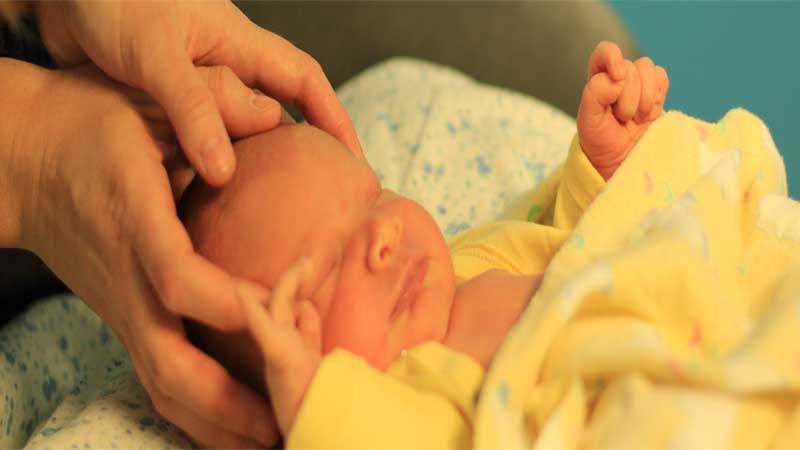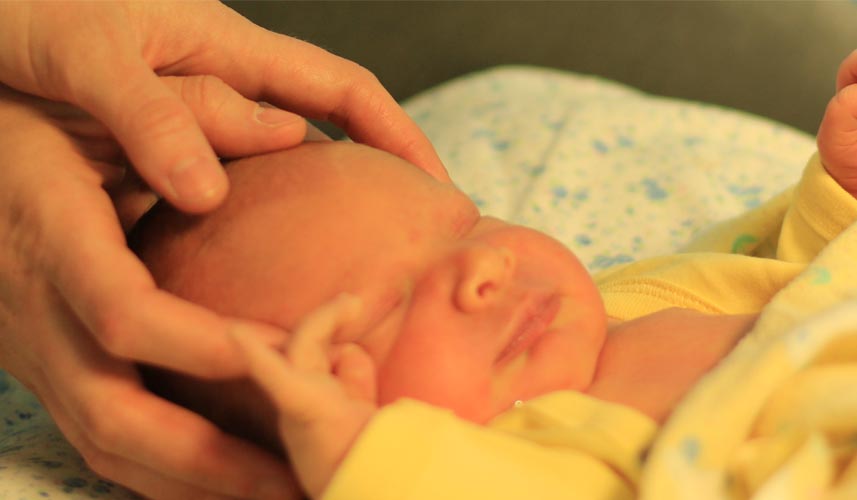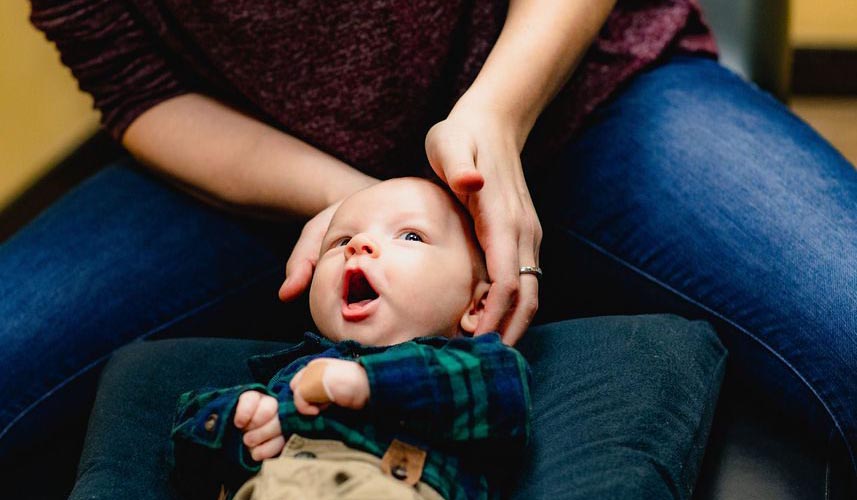What is Craniosacral Therapy?
At birth, the human skull is made up of 44 separate bony elements held together by connective tissue structures. It’s all soft and squishy and pliable, perfect for passing through the birth canal and allowing for rapid growth of the developing brain. It takes a couple years before your head molds into the 22 bones that form a mature skull. These bones may look like one solid structure from the outside, but they have their own special type of joint called sutures which allows for a very miniscule amount of movement and expansion in the skull. These joints can become fixated, creating tension on the underlying nervous system and the connecting soft tissue surrounding the skull. This can occur due to in-utero constraint (like being stuck in the same position for a few weeks leading up to birth), birth trauma (whether forceps, vacuum suction, excessive manual force, or good ol’ fashion labour!), or activities and positioning postnatal.
Sometimes this tension is remarkably evident based on head shape, persistent postures, and movement restrictions. Other times it is more insidious, with a tremendous amount of dural tension being difficult to discern without a set of trained hands to palpate. Often times we will see restrictions in the cranial bones and connecting tissues in conjunction with other musculoskeletal problems, such as torticollis.
It’s not difficult to grasp the importance of cranial symmetry and structural integrity for a growing brain, but the real magic of CranioSacral Therapy (CST) lies in its impact on the Autonomic Nervous System. CST helps up-regulate Parasympathetic function. The Parasympathetic Nervous System is responsible for all your “Thrive” based functions – like eating, sleeping, pooping, and growing – in contrast to the Sympathetic Nervous System which supports your body’s “Survive” mode. The Parasympathetic “Thrive” zone is where we want baby hanging out the vast majority of the time!
Craniosacral Therapy (CST) is an extremely gentle technique that unlocks the joints of the skull and releases the underlying tension. It also facilitates Autonomic Nervous System balance, intrinsic body rhythms, and cerebrospinal fluid flow. Most people describe it as incredibly relaxing and soothing hands cradling your head. Babies (and adults) sometimes fall asleep during a treatment. CST can be helpful in supporting overall health and wellness, as well as the following conditions:
- Infantile Colic and Irritability
- Sleep Disruption
- Stress Dysfunction (including Sympathetic Overdrive & Adrenal Fatigue)
- Headaches & Migraines
- Mood & Mental Health Disorders (including PTSD, Anxiety, Depression, and Hyperactivity)
- Pre- & Post-Surgical Support of Tethered Oral Tissues (Lip & Tongue Ties)
- Cranial Asymmetries (including plagiocephaly, brachycephaly, and many other forms)
Craniosacral Therapy requires additional training outside of core curriculum programs. It is commonly practiced by Massage Therapists, Chiropractors, Osteopaths, some Physical Therapists, and occasionally Occupational Therapists and Medical Doctors. Make sure you look into your providers credentials! At AltaVie, most of our Doctors of Chiropractic and our Registered Massage Therapists are trained (and skilled) in Craniosacral Therapy, including many different branches of the treatment modality. RMT Kristin Jones has completed an extensive two-year BioDynamic Craniosacral program. RMT Jen Cuddington has taken multiple courses and has been practicing Uplegdger Craniosacral Therapy since before she became a massage therapist. Dr Amanda Stevens is an education junkie with too many courses under her belt to list, but her craniosacral treatments are primarily Sacro Occipital Technique-based. Dr Anna Marie has also taken SOT-based pediatric craniosacral courses. Both Dr Anna Marie and Dr Amanda’s CST practices focuse solely on infant care, but our Registered Massage Therapists offer Craniosacral Therapy for all ages and an assortment of conditions.




